When you travel to Japan, you will see small children walking by themselves on the street or taking the train at least once. You may be surprised but it’s quite common for Japanese elementary school students. Japan has a unique educational system which could be slightly, or maybe significantly different from what you have back in your home country. Even if you are not considering for your kids to attend the public elementary school in Japan, when you look at what Japanese elementary schools look like, it will help you understand Japanese culture and customs more clearly. Since the JET programme, the English teaching program is a very popular way to move to Japan for internationals, this article is also a good start to understand the unique system of Japanese elementary school.
- How many years in Japanese elementary schools?
- How do Japanese children go to school?
- Randoseru (school backpack)
- Kyushoku (School lunch)
- Cleaning School by Students
- Summer breaks (Homework & Radio Taiso)
- Japanese classes (learning Hiragana, Katakana and Kanji)
- Teaching English at elementary schools
- Other articles you might like
How many years in Japanese elementary schools?
Elementary schools in Japan consist of 6 grades, which means it takes at least 6 years for students to finish it. They enter elementary schools at the age of 6, and graduate at 12. Since the same school year system is adopted nationwide in accordance with law, there is no exception or any alternative system. In Japan, usually the new term starts in April and finishes in March. People often associate sakura (cherry blossom) trees with a new season and sakura is a symbol of a new beginning because of it.
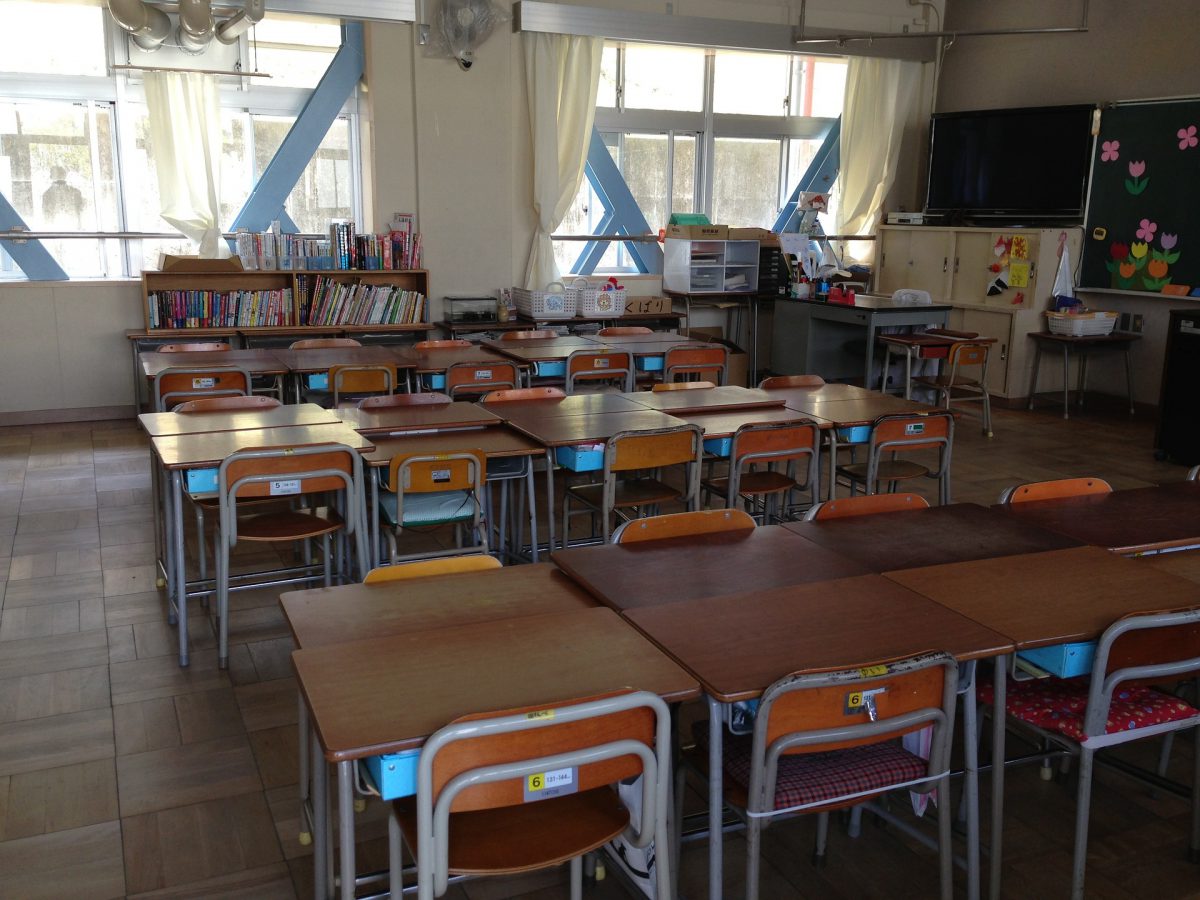
How do Japanese children go to school?
In general, students walk to school by themselves in Japan. They usually need to take Tugakuro (通学路), special school routes designated by each school. Students go to school with other students living nearby as a group, which enables them to reach their school safely.
If you get a chance to travel in big cities such as Tokyo and Osaka, you will possibly see elementary students taking trains or other public transport by themselves. Students who go to private school rather than nearby public school often use public transportation to travel far from home. It may look dangerous but it’s common in Japan just because Japan has a low crime rate. Going to school by themselves in young ages allows them to be independent and grow their problem solving skills.
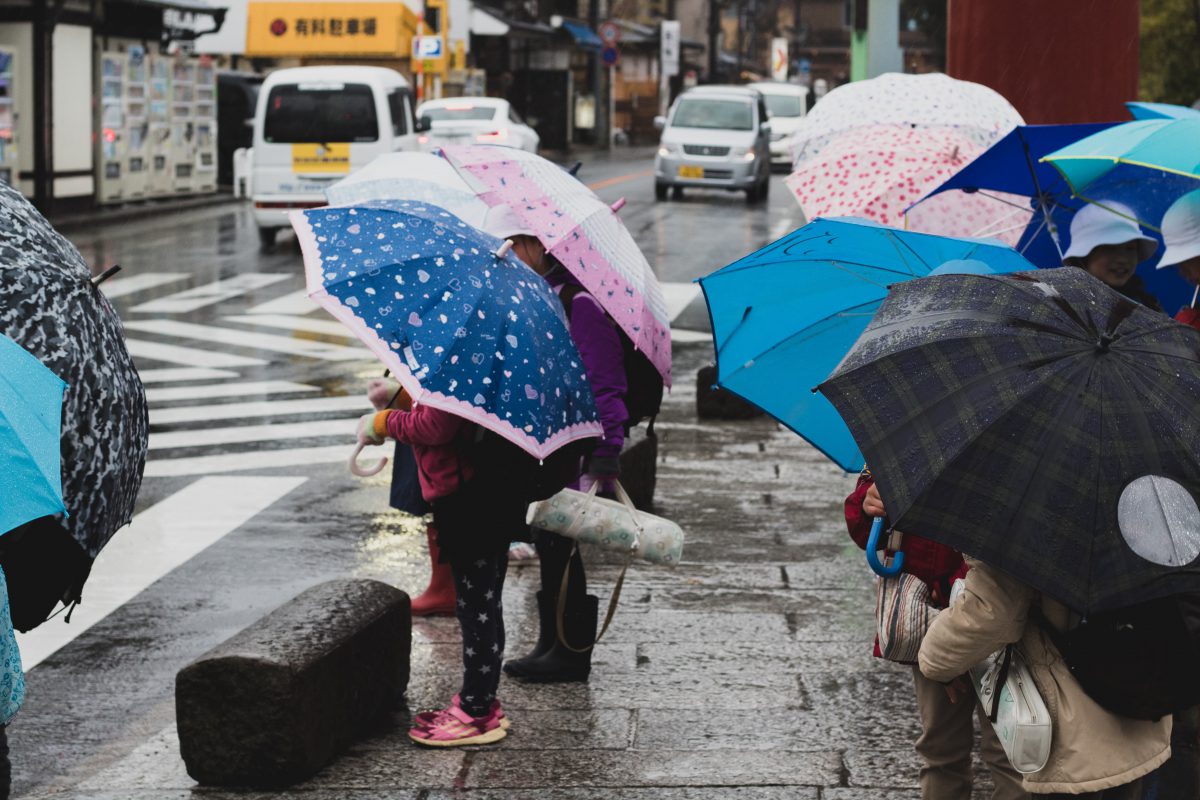
Randoseru (school backpack)
Randoseru (ランドセル) is a school backpack for elementary schools students in Japan. Typically girls used to have red color and boys have black one, but in recent years, when people are aware of gender issues, they also come in a variety of colors such as pink, blue, brown and more so that children can choose freely. Even though it’s not mandatory to have randoseru for everyone, many people think it’s common sense to use it for elementary school.
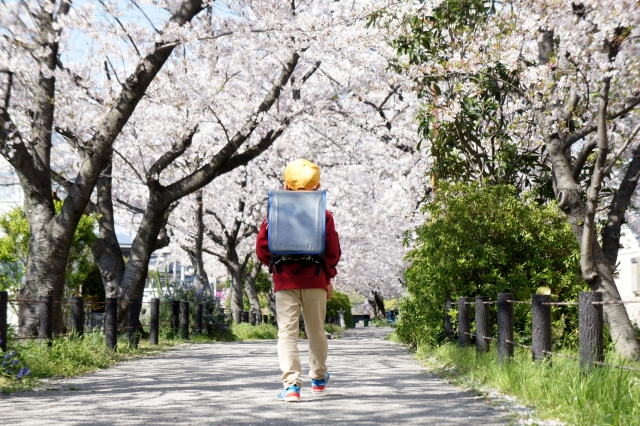
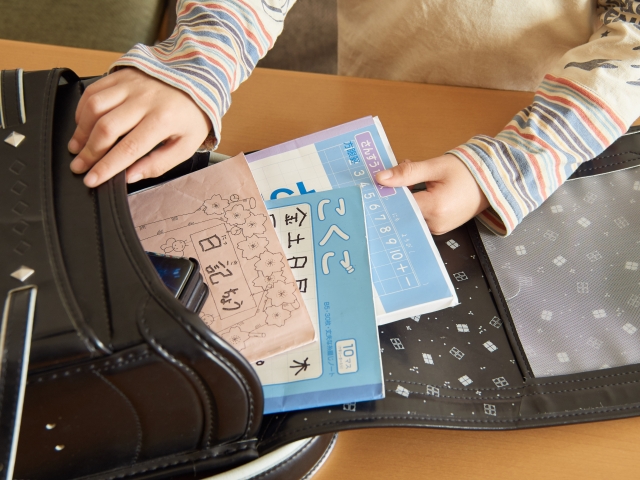
Randoseru is pretty expensive (40,000 – 70,000 yen) but designed to be strong, durable and very practical. They hardly get damaged, so students can use the same one for successive 6 years without buying a new one. There are also small pockets inside, which allows them to put a range of stuff separately depending on the size.
Kyushoku (School lunch)
Kyushoku (給食) refers to school lunch served in elementary schools and junior high schools in Japan. It aims for students to take a well-balanced diet regardless of economic inequality. Students take turns serving Kyushoku to classmates wearing caps, smocks and masks so that they can learn about teamwork and responsibility.

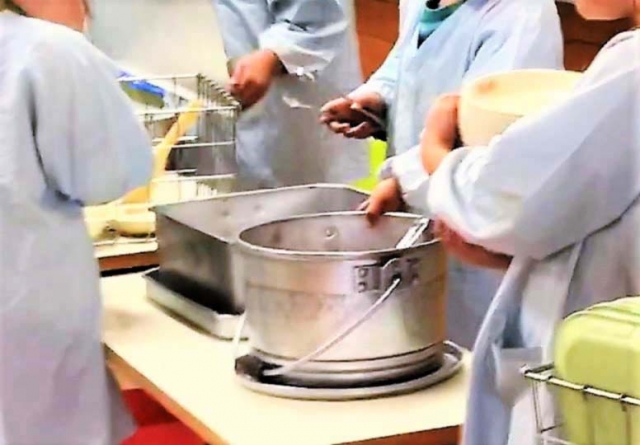
The menu of Kyushoku is often available in classrooms, which allows students to check what they have today beforehand. On special occasions such as national holidays and annual events, they often feature unique menus such as Ehomaki (恵方巻き), a big sushi roll on Setsubun in February and Chirashi-zushi (ちらし寿司), sushi rice topped with sashimi and a variety of ingredients for Hinamatsuri in March!
Cleaning School by Students
After class, students start cleaning by themselves. Every student is responsible for taking care of the assigned room or places, including classrooms, science room, music room, hallways and even bathrooms. They take turns to the place they clean.
Basic cleaning supplies are stored in a locker which is installed in the classroom. It includes broom, dustpan, cleaning cloth, bucket and more. They clean every day as a part of school routine, and it helps them keep their school clean without a school janitor!

Summer breaks (Homework & Radio Taiso)
In Japan, summer breaks generally start around the end of July and continue until the end of August. While it gives students great opportunities to spend a relaxing time with their family or friends, there are also some special assignments and events that they need to work on.
First, the summer break brings a lot of homework to them. They need to write a long book report, complete a summer research project, do the workbooks and get ready for the tests waiting for them soon after the summer break ends. These assignments may keep them busy through the summer break but there are often two types of people; who finished immediately to enjoy the rest of their break, or who finished their homeworks on the very last day of their break!
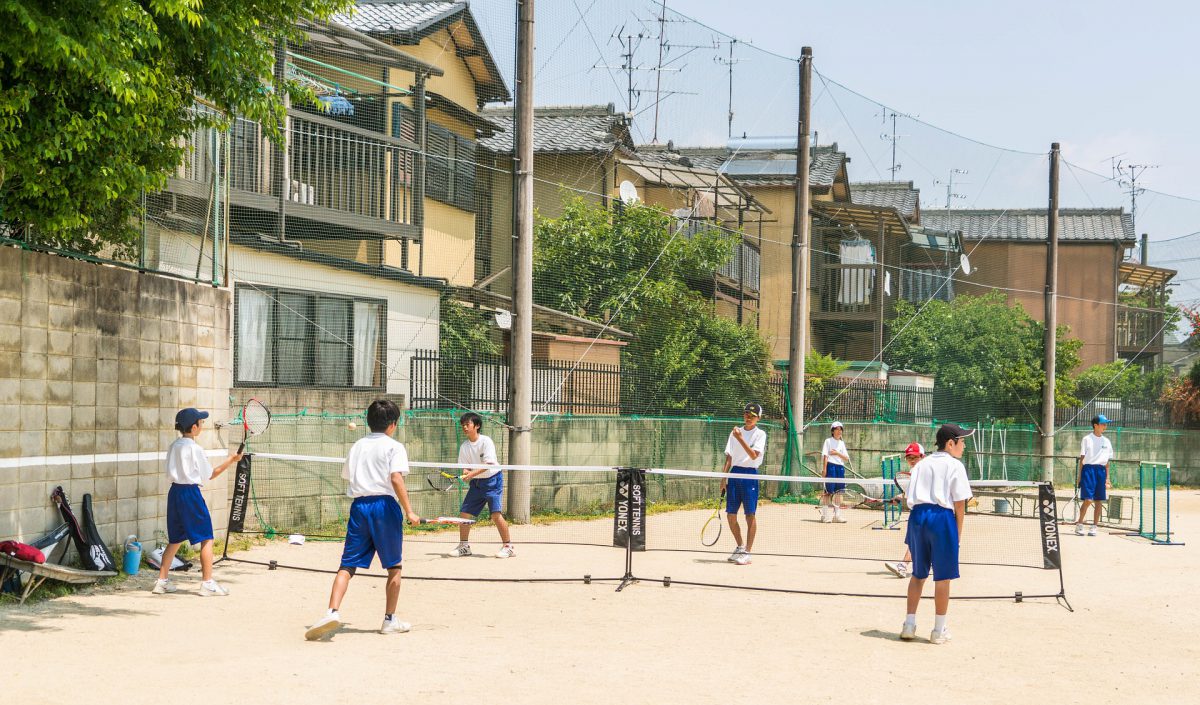
Radio Taiso refers to radio calisthenics which takes place for a couple of weeks during the summer break. Students get together at the neighborhood park and exercise on the radio broadcast. It helps them build up physical strength and often they get a reward for those who participated every day until the end!
Japanese classes (learning Hiragana, Katakana and Kanji)
As you might know, Japanese is often considered as one of the most difficult languages to learn. Elementary school students in Japan are required to take Japanese classes to master the main three Japanese characters: Hiragana (ひらがな), Katakana (カタカナ) and Kanji (漢字). At 1st grade, they start learning Hiragana and Katakana which are relatively easy to learn compared to Kanji. Teachers help them remember the correct stroke orders as well as the two different readings called “Onyomi” (音読み) and “Kunyomi” (訓読み) for each Kanji.
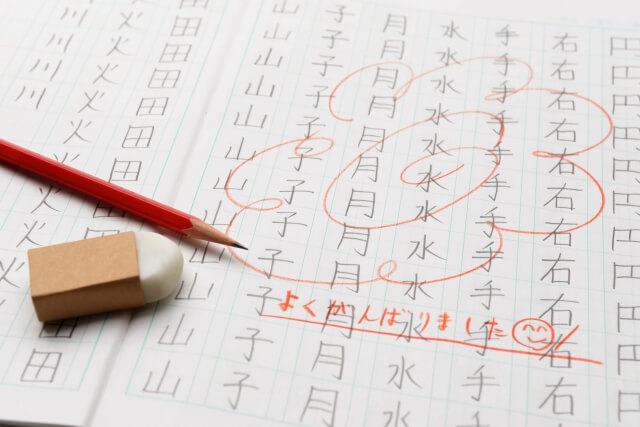
It is said that students in Japan learn more than 1,000 Kanji by the time they graduate from elementary school. While the Japanese government has been putting more emphasis on English education nationwide as an international language, the importance of Japanese teaching will never be dismissed or neglected.
Teaching English at elementary schools
In 2020, English classes became mandatory and were officially started in elementary schools in Japan. It means all students can learn the basic English grammars and vocabularies before entering junior high school. It is reasonable considering the fact that Japan has fallen behind in English education compared to other Asian countries.
From elementary up to high schools in Japan, they have native English teachers called “ALT”, which stands for “Assistant Learning Teacher”. They are hired as a supportive teacher in English classes and help students to learn English and other country’s culture effectively through communication with native English speakers.
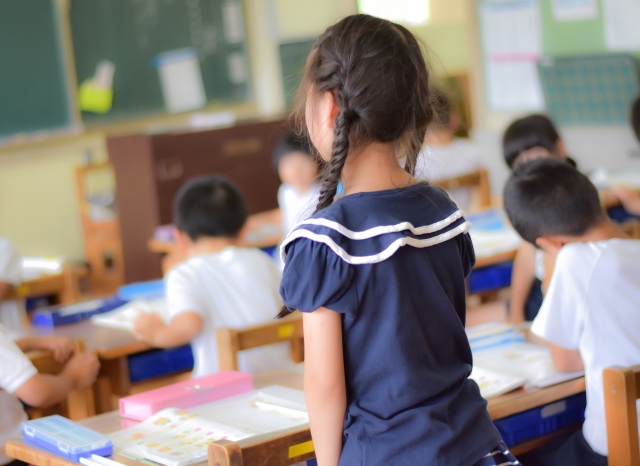
JET program (The Japan Exchange and Teaching Programme) offers job opportunities for those who want to work and live in Japan as an English teacher. In this program, participants are dispatched to local government offices or schools and get involved in English education. With a history of over 30 years, it has accepted more than 70,000 participants from around the world.
Although it is quite competitive and you need to meet a range of requirements to apply, it is one of the most popular ways to move to Japan among the internationals.
For more information, places check their website: JET Programme
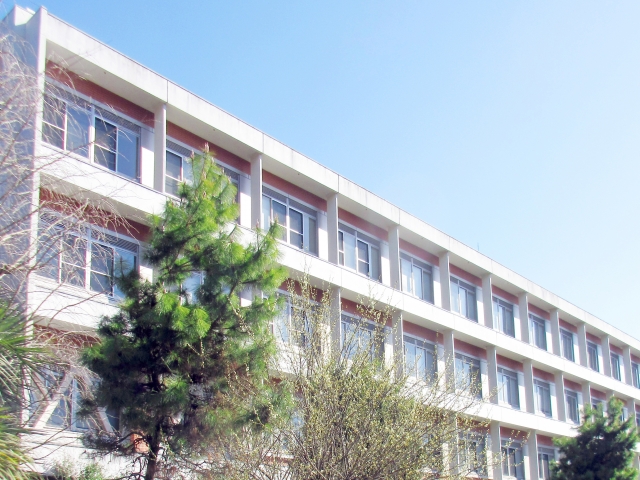
In Japan, elementary schools are not only for learning new things but also learning self-discipline. Schools encourage them to learn how to become independent through a range of experiences.
What do you think of the school system in Japan? And what are the difference with your country?
Follow us on Instagram, Facebook and Twitter for more travel inspiration. Or tag us to get featured!
Happy travelling!
Stay informed of the best travel tips to Japan, the most exciting things to do and see, and the top experiences to have with the Japan Wonder Travel Newsletter. Every week we will introduce you to our latest content.
Other articles you might like






Comments
The Japanese elementary system seem very similar to public schools in the Philippines. I am happy to see the common things of both countries. We also had duties in school where we take turns in helping at the school canteen. We do serve our classmates and schoolmates at the canteen during lunch and recess. We also clean our own classrooms and corridors, and are also on duty to clean the gardens, and even the school toilets.
Regarding the language, it seem Japanese is easier for me than learning Chinese. I understand it more than any other language. I guess it’s because I love it.
It’s good to know Philippines has the similar school system. Perhaps it’s common among the Asian countries? Thank you for your comment!
This is very interesting. I’m from the Philippines, but it’s great to know that our elementary schools have a lot in common. I would like to go to Japan someday.